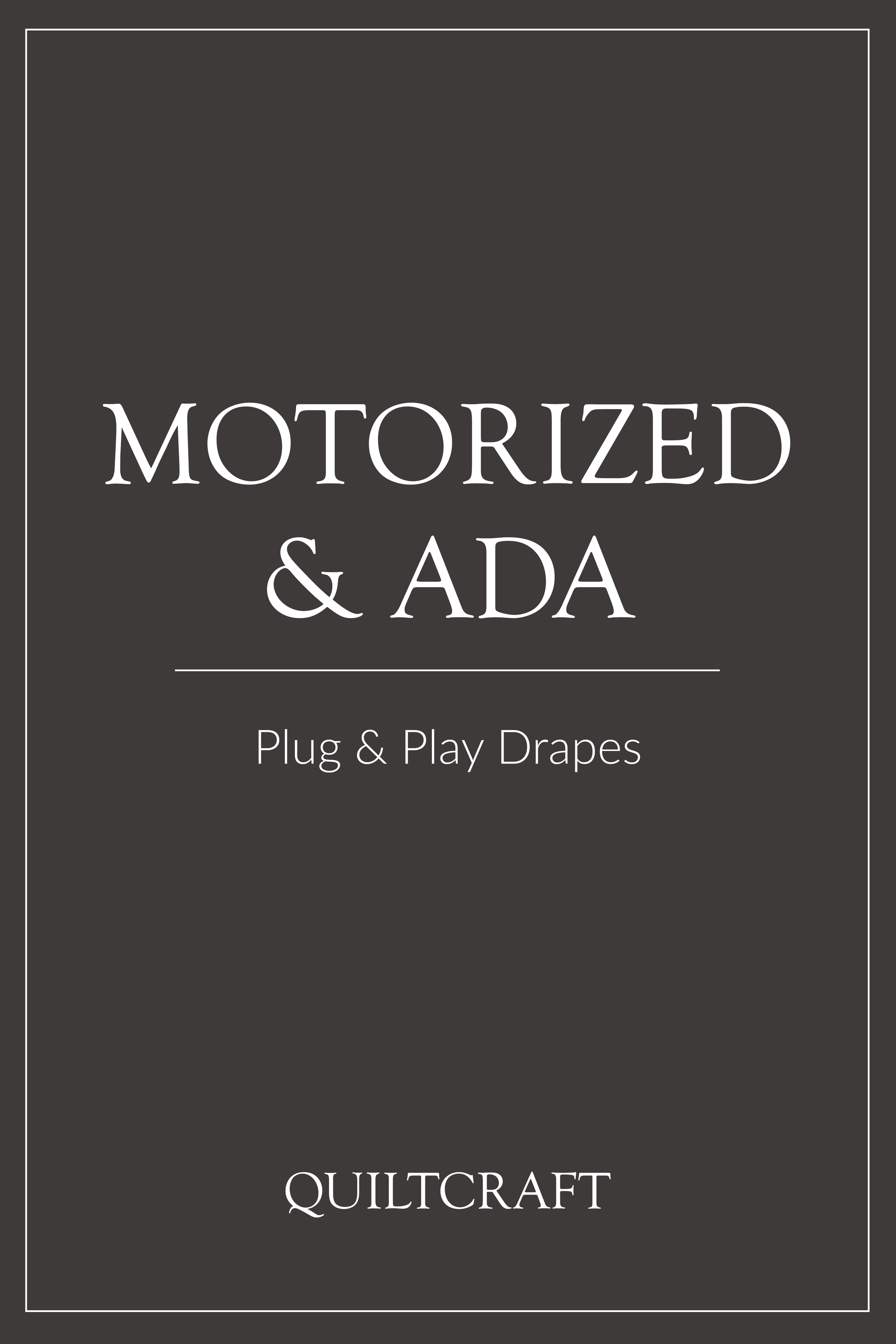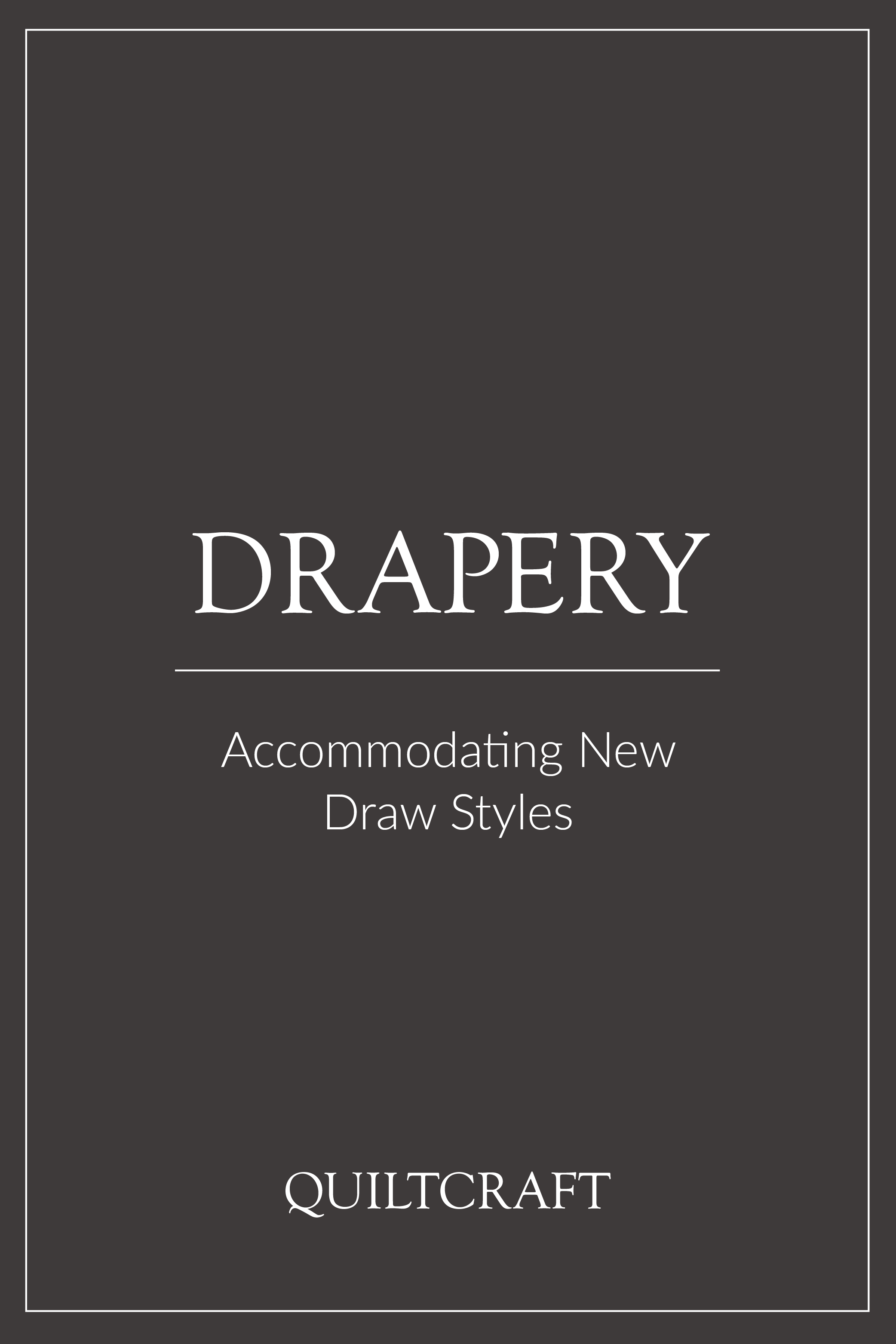Drapery Hardware
There are several options when it comes to the hardware for window treatments. We categorize them by: location, function and style. The hardware can often be overlooked, but when it is not up to par, that is when it is noticed with a negative connotation. It is imperative to wisely select the perfect hardware location, function and style to achieve the desired look. Keep scrolling to be enlightened and prepare for your upcoming project!
Location
Ceiling Mount
Mounted to the ceiling or dustcap of a cornice. This hardware is the most frequently used type of hardware. It helps minimize light bleed and offers the tallest of treatments.
Wall Mount
Mounted with wall brackets above the window but below the ceiling. The blocking and treatment weight are relevant factors. A “ceiling” is created from the bottom of the bracket that the track attaches to.
Function
Manual/With Baton
Ideally, the baton attaches directly to the drape/master carrier and allows for a manual push/pull of the panel to open and close. However, the baton can be relocated to the back of the drapery for aesthetics.
Cord Drawn
Aluminum track hardware with a top channel that encloses cords used to make the drapery traverse across the window. This is not ADA compliant. Cord drawn draperies can be wall mounted or ceiling mounted.
Motorized
Aluminum track hardware outfitted with a motor and specialized pulley system housed within a top channel that controls the traversing of drapery with a remote system or switch. This requires electrical power or battery componentry. For more information on Motorized Window Treatments, see our Motorized Resource
Style
Commercial
Traditional metal hardware provides a sturdy long-lasting solution for any treatment. They can either be used in conjunction with snap pendant carriers or metal pin hooks. Available in white or anodized colors.
Decorative
Specialized hardware that can be used to add an extra design factor to any treatment (available in a multitude of colors and types). Check out our collection!
We hope this post gave you some helpful tips for your next project! We have put this information in a downloadable PDF card so you can print it and keep it near you!
Visit us again for more educational material!
Check Out More Drapery Related Resources









